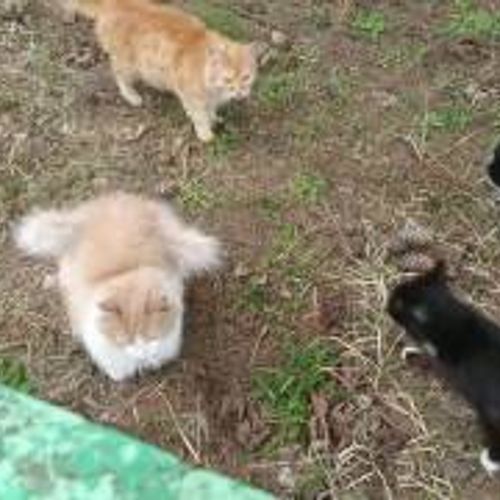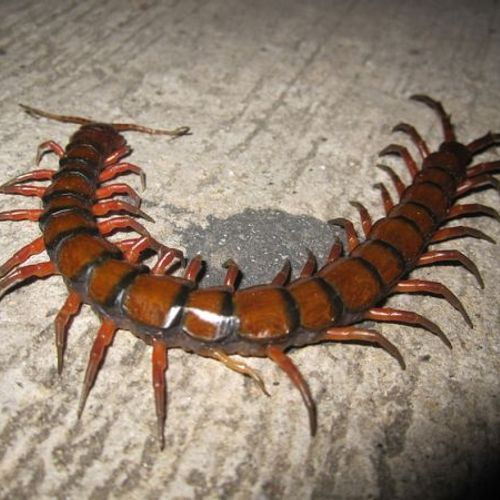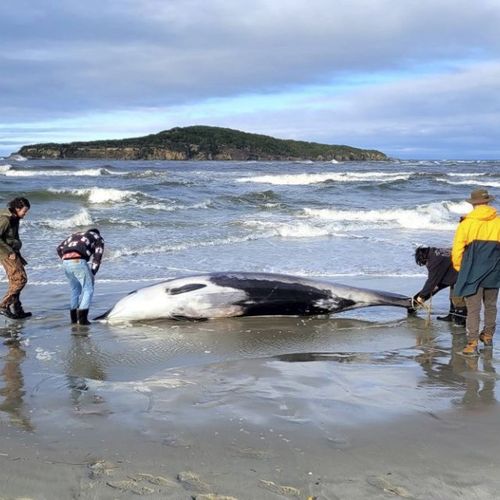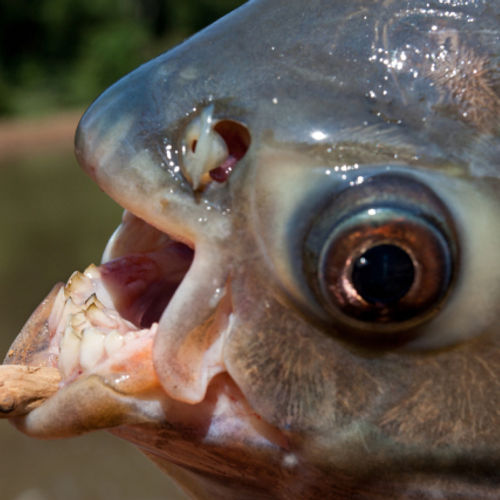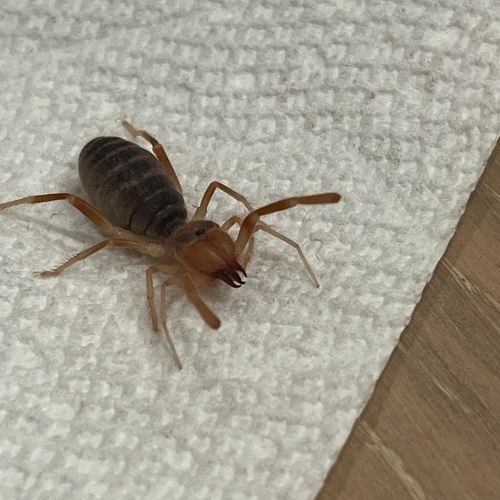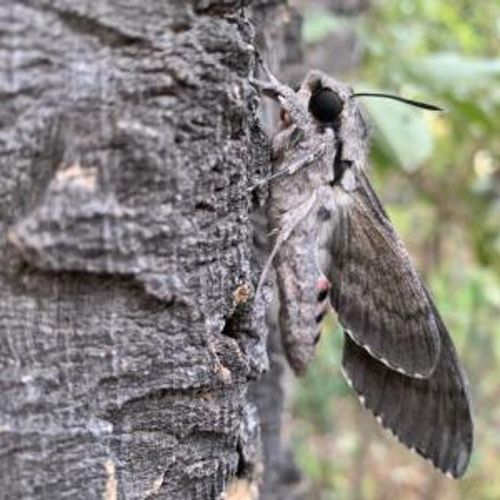
| Added | Tue, 13/02/2024 |
| Источники | |
| Дата публикации | Tue, 13/02/2024
|
| Версии |
In the wake of global warming, African migrants are increasingly entering the Ryazan region. The general increase in air temperatures is probably one of the reasons why subtropical and tropical animal species are increasingly rushing to the Ryazan region in particularly hot years.
If earlier it was more often talked about the appearance of a praying mantis in Ryazan after the hot summer of 2010, then the autumn of 2023 gave scientists a lot of meetings with the loach hawk moth. Surprised residents of Ryazan sent photos of the hawk moth to the Institute of Natural Sciences of the Russian State University named after S.A. Yesenin. At the same time, it was said that in the pictures there was a "hummingbird" or a "hummingbird butterfly".
As explained by Alexey Vodorezov, Head of the Department of Geography, Ecology and Nature Management, the bindweed hawk moth is a typical tropical inhabitant inhabiting Africa from the Cape of Good Hope in the south to Arabia in the north. Its range is generally wider and in hot years the butterfly is able to migrate far north, reaching the south of Russia and the central regions.
There is no one to confuse it with in the Ryazan fauna, with a wingspan of up to 10 centimeters, it is one of the two largest hawk moth in the fauna of Central Russia. Only the death's head hawk moth can match it, which, like the bindweed, is rather typical of Africa, and has been noted only a few times in the Ryazan region. As a rule, beekeepers, because the butterfly has got used to stealing honey from hives.
By the way, the bindweed hawk moth, with its nondescript gray color, has an impressive difference. This is a proboscis that a butterfly can roll out on occasion to its full length, which exceeds even its own. This feature makes the hawk moth a record holder among others on this basis.
Scientists will continue to monitor the state of the flora and fauna of the Ryazan region in order to identify confirmations and other evidence of a changing climate in the form of new and atypical species of animals and plants, among which there may be both pleasant-looking butterflies and serious pests.
Новости со схожими версиями
Log in or register to post comments

